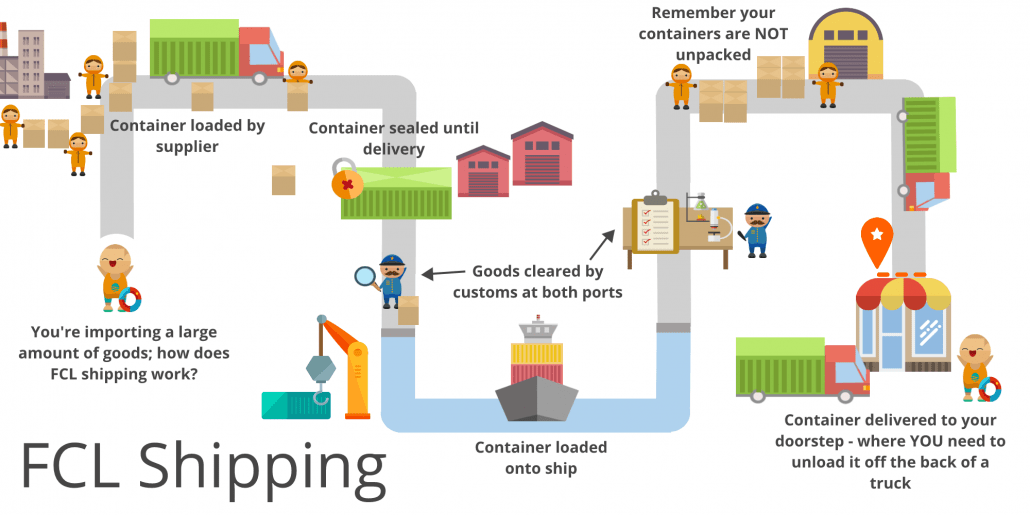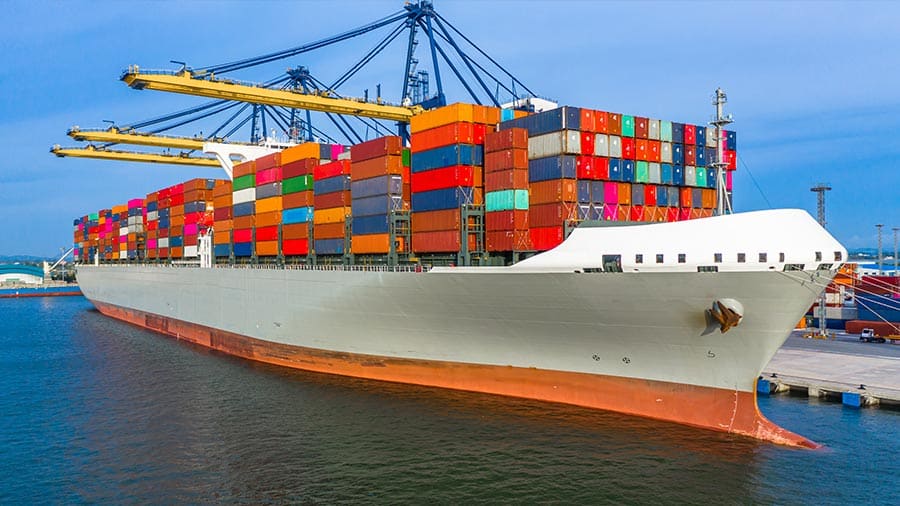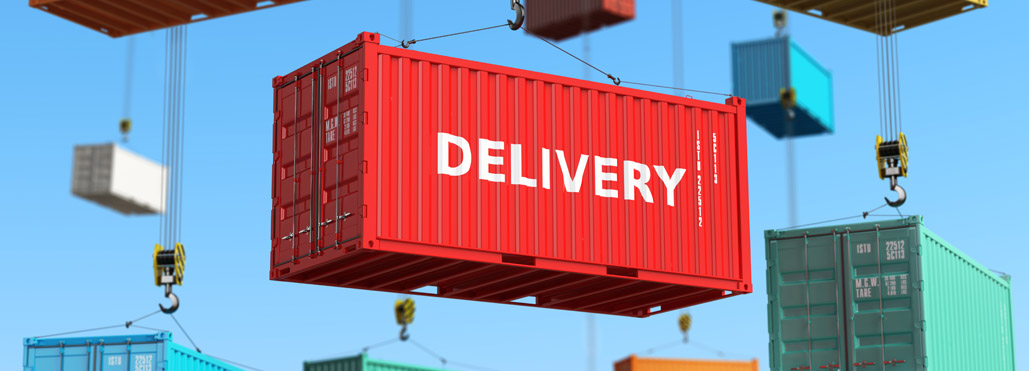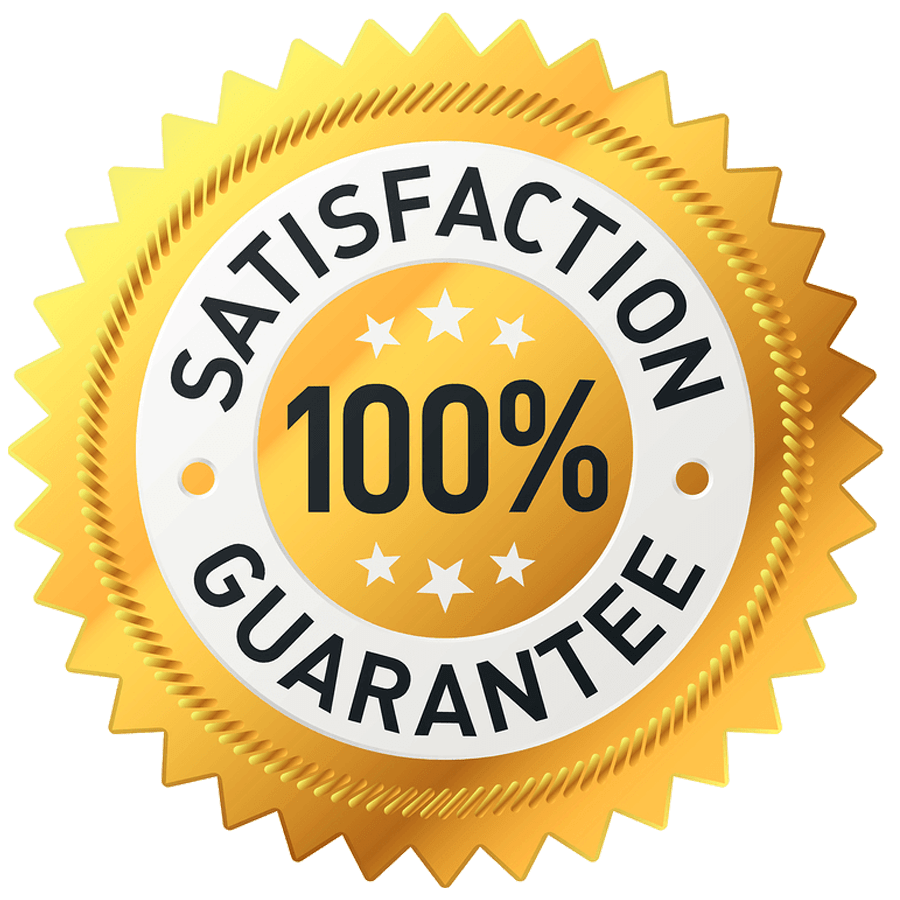Import steps | import training from Iran
What you are reading in this article ...
Import steps and documents required for import: Complete import guideThe steps of entering the goods can be listed as followsDefine and document your import strategy.Recognize and manage the risks of the import processKnow your import earnings well
Import steps | import training from Iran – To start the activity of internal marketing and import of goods in principle, it is recommended to upgrade your knowledge in this field in the first step.
Import steps and documents required for import: Complete import guide
 Steps of importing goods: To start the activity of internal marketing and import of goods in principle, it is recommended to upgrade your knowledge in this field in the first step. For this purpose, it is recommended to read books related to marketing, customs and clearance of goods, laws and regulations of export and import of goods, and the principles and legal framework of international trade agreements. Participation in training courses is also recommended to enhance specialized business knowledge. To access the training courses, refer to the import training courses section.
Steps of importing goods: To start the activity of internal marketing and import of goods in principle, it is recommended to upgrade your knowledge in this field in the first step. For this purpose, it is recommended to read books related to marketing, customs and clearance of goods, laws and regulations of export and import of goods, and the principles and legal framework of international trade agreements. Participation in training courses is also recommended to enhance specialized business knowledge. To access the training courses, refer to the import training courses section.
Carrying out the steps of importing and selling goods in domestic markets has special subtleties and sensitivities, which if not paid attention to them may waste human and financial investments in this regard. Imports, like any other business, require foresight, planning, familiarity with scientific methods, the necessary mobility, and gaining the trust of foreign buyers.
 Contact us to buy almonds.
Contact us to buy almonds.
Contact us to buy pistachios.
Contact us to buy dates.
Contact us to buy raisins.
Contact us to buy nuts.
Contact us to buy fruit chips.
The steps of entering the goods can be listed as follows
Part 1: What is the import of goods and what points should we observe to start the import process?
Part 2: How to find the right supplier and do market research?
Part 3: What is the process and steps of importing goods in customs and other authorities in the country and abroad? What is the import tariff?
Section 4: Regarding the packaging of imported goods, transportation and insurance, what points should be considered in the import steps?
Section 5: Have you made any arrangements in the field of imported goods for the issues of payment and necessary guarantees?
Section 6: Import formalities in Iran and its implementation steps
Define and document your import strategy.
 Business strategy is one of the basic components of your business plan. This strategy should be simple and make sure that everyone in the company is involved in achieving the export results and is aware of the plan and is interested in interacting with it.
Business strategy is one of the basic components of your business plan. This strategy should be simple and make sure that everyone in the company is involved in achieving the export results and is aware of the plan and is interested in interacting with it.
It is also important to answer the following questions in the import process:
What needs does your product meet in the domestic market?
Should your company change its domestic market product for overseas sales or produce a new product for the foreign market? What specific features, such as design, color, size, packaging, brand, labels, and warranty, should be modified?
How important are linguistic or cultural differences?
What specific settings or services are essential to implementing your sales strategy in a market business environment?
Recognize and manage the risks of the import process
 Imports mean more opportunities but also more risks. Although international trading environments have changed significantly over the years, the risks that importers face when purchasing their products and services from other countries continue.
Imports mean more opportunities but also more risks. Although international trading environments have changed significantly over the years, the risks that importers face when purchasing their products and services from other countries continue.
The first step in managing import risks is clear – but sometimes it requires careful explanation: you must first identify the sources of each risk and then minimize those risks.
There are many people you can turn to for help. Selecting partners and importing appropriate professional advice is an important step in reducing these risks. Your Banking and Foreign Exchange Advisor, International Law and Advocacy Adviser, Insurance and Transportation Advisor, Transport Companies, Customs and Clearance Agents should also be able to advise you on possible risks in overseas markets. You will encounter them, let them know.
That all and sundry need to learn and train import. Types of risks include:
political risk
legal risk
Quarantine compliance risk
Exchange rate risk
Non-payment risk
logistic risk
Know your import earnings well

Before an import purchase occurs, your company may need to adapt the imported product to the needs of the domestic market. Government regulations may vary depending on the circumstances of the country or the preferences of the customer in each market you intend to enter. Successful import requires product knowledge and awareness of the unique characteristics of each target market.

Contact us for more information.












 NUTEXCO HEAD OFFICE
NUTEXCO HEAD OFFICE Te
Te Email:
Email: